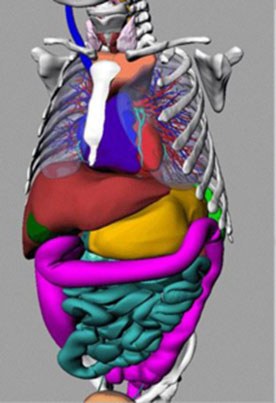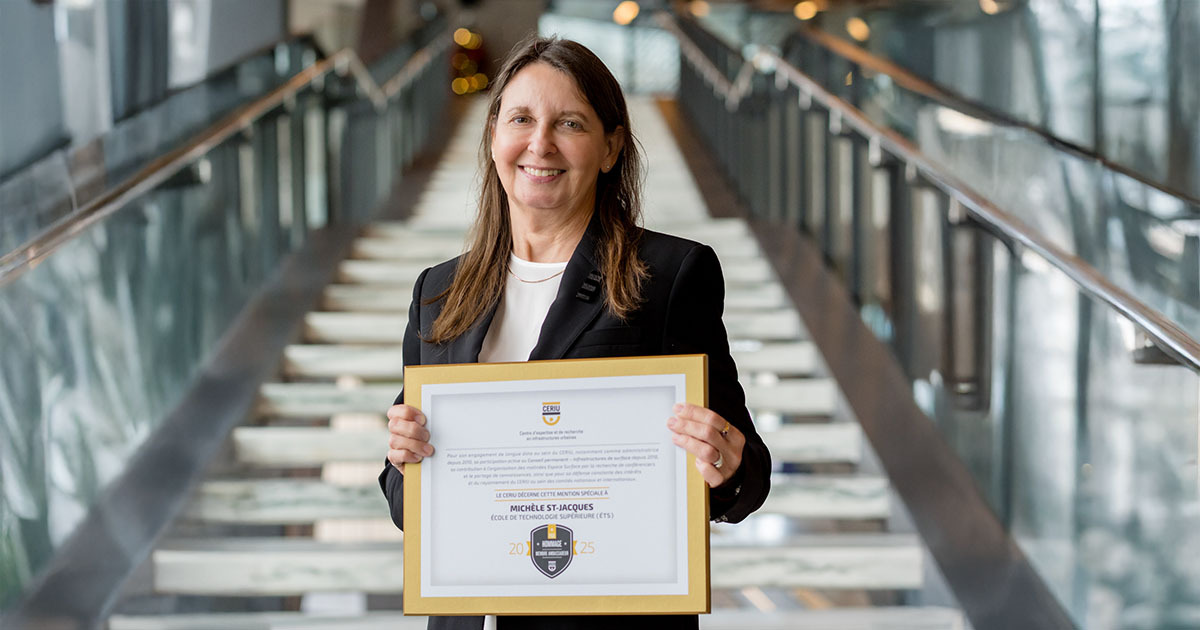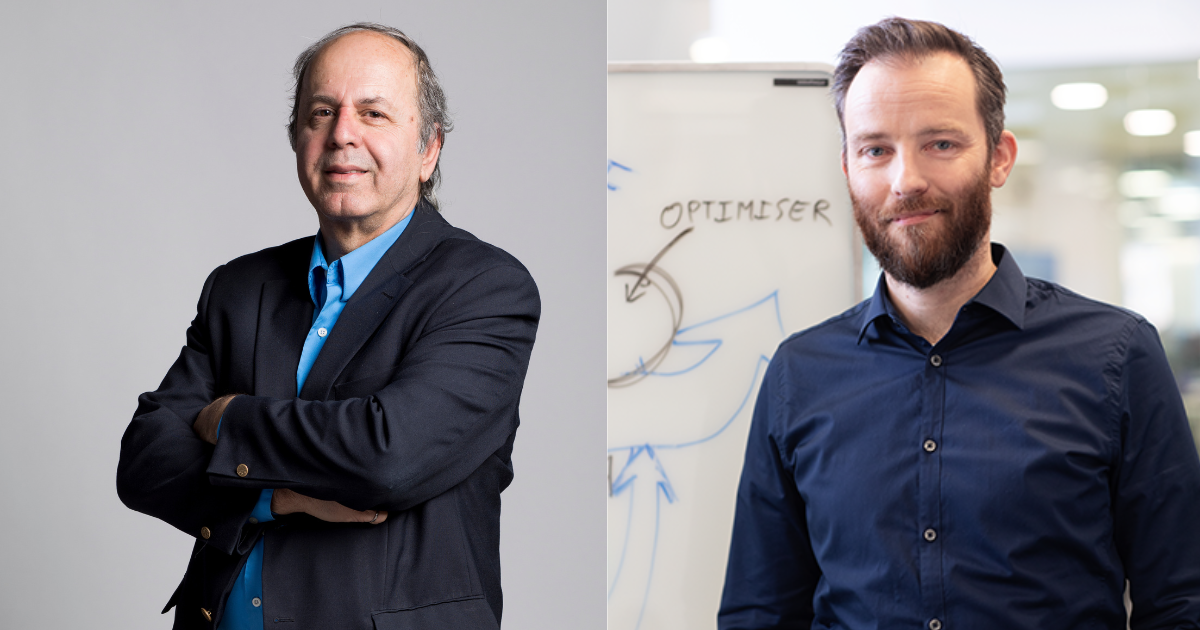
Pulmonary Artery Stenosis
Congenital heart disease affects over 1.35 million newborns every year. Among these conditions, pulmonary artery stenosis is a malformation characterized by a narrowing of the artery, leading to blockage of blood flow. This condition can lead to serious complications, including heart failure. To treat more severe cases, balloon angioplasty is commonly performed, followed by the insertion of a stent to keep the artery open and ensure normal blood flow. However, most existing stents are designed for adult patients. Furthermore, the geometry of these congenital stenoses varies considerably from one patient to the next, complicating stent selection.
To address this, Luc Duong and his research team are working with Dr. Joaquim Miró of CHU Sainte-Justine to develop a methodology for selecting the best prosthesis based on the specific malformations of each patient/newborn. Their work aims to automatically segment the structure of the pulmonary artery from CT images, using an artificial intelligence model based on a neural network. Results are evaluated by comparing them with images annotated by a radiologist, considered as the ground truth. The aim is to achieve sufficient accuracy to correctly visualize the stenosis.

Fluid Dynamics Simulations
These anatomical models will then be used to perform fluid dynamics simulations to study blood flow in the pulmonary artery, when corrected by different forms of stent. The simulations will allow advanced assessment of different prosthesis models based on the patient’s specific anatomy. They can be considered as digital twins of the patient, assisting surgeons in their preoperative preparation. This work is being carried out in collaboration with ÉTS researchers Guiseppe Di Labbio and Louis Dufresne.

To make the simulations even more realistic, the researchers are integrating cardiorespiratory movement using a simulator developed at Duke University. This simulator offers extremely faithful modelling of the heart’s biomechanical interactions and pulmonary artery.
Ventricular Septal Defect
In addition to pulmonary artery stenosis, Luc Duong and his team are exploring other cardiac problems, such as ventricular septal defect. This is an opening between the right and left ventricles of the heart, causing oxygenated blood to mix with non-oxygenated blood. This pathology sometimes requires hybrid open-heart surgery, where the hole is closed with a prosthesis. To train surgeons in these complex procedures, ÉTS researchers printed 3D moulds of baby heart models, which will be used to build polymer-blended prototypes that mimic the texture of heart tissue.
Focusing on Augmented Reality
In the future, the researchers plan to integrate augmented reality into surgical tools to optimize operations. Augmented reality glasses, such as the Vision Pro, could offer real-time visualization of the heart’s internal structures, guiding surgeons with greater precision.
Dr. Joaquim Miró, a cardiologist at CHU Sainte-Justine, is working with the ÉTS research team to transform congenital heart disease care and offer customized solutions for young patients.



